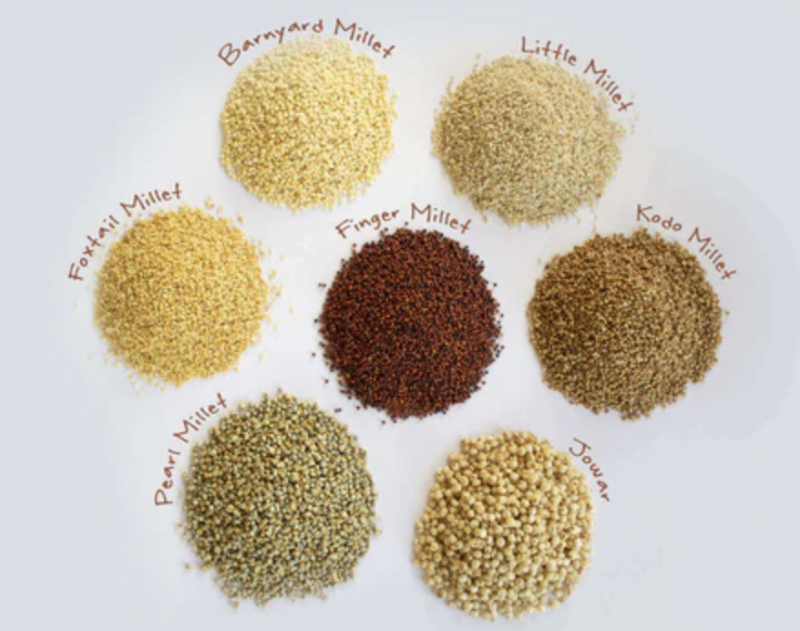New Delhi, 2026: India’s food landscape is entering a transformative phase, driven by regional pride, health consciousness and innovation across both traditional and modern food categories. With consumers increasingly exploring hyper-local flavours and functional nutrition, 2026 is set to redefine how India cooks, eats and discovers food. These shifts are creating strong opportunities for food and beverage brands seeking deeper cultural relevance and stronger digital engagement.
One of the biggest themes shaping the 2026 food market is the mainstreaming of protein-enriched diets. Once restricted to fitness circles, protein is now reshaping everyday Indian meals. From protein-rich rotis in the North to sprouted millet dosas in the South, brands are developing high-protein versions of familiar staples that match Indian taste preferences. Snack and dairy brands are also innovating—introducing protein yogurts, chips and on-the-go functional foods designed for urban consumers. Industry experts note that India’s growing “nutritional awakening” has made protein a mass conversation, opening the door for collaborative content, education-led marketing and influencer involvement.
Alongside this, India is experiencing a strong resurgence of hyper-regional and micro-local cuisines. Dishes and ingredients from Northeast India, Odisha, Uttarakhand, Chhattisgarh and tribal belts are becoming part of mainstream food discovery. Black rice from Manipur, smoked pork from Nagaland, kodo millet from Madhya Pradesh and bamboo shoot-based curries are increasingly appearing on restaurant menus and packaged food shelves. This revival is fuelled by content creators from smaller regions, who are spotlighting long-forgotten recipes. For brands, this hyper-local wave presents an opportunity to connect with diverse cultural narratives and create region-specific campaigns.
Another major driver shaping consumer preference is the rising demand for clean-label and sustainable foods. Urban Indian consumers are reading ingredient lists more than ever before. Minimal processing, transparent sourcing and eco-friendly packaging are now key differentiators for food companies. Brands offering preservative-free, organic or responsibly sourced products are finding strong traction among health-conscious families and working professionals. Sustainability-driven storytelling—especially through behind-the-scenes content, farmer narratives and supply-chain transparency—is expected to dominate digital marketing efforts in 2026.
Meanwhile, the renewed focus on India’s indigenous grains—especially millets—continues to grow beyond the International Year of Millets wave. Millets such as ragi, jowar and bajra are being incorporated into contemporary formats including ready-to-eat bowls, noodles, cookies and high-fiber snacks. Restaurants are also crafting millet-based pizzas, desserts and gourmet dishes. This blend of tradition and modern convenience is becoming a powerful content and branding theme, especially for health-focused food companies.
The experiential dining segment is evolving rapidly as well. Immersive and storytelling-led culinary experiences—from live kitchens to regional tasting festivals—are witnessing strong consumer interest. For restaurants and hospitality brands, 2026 will be the year of “food as theatre,” where ambiance, plating, cultural narratives and chef interactions take center stage. Influencer participation is playing a critical role in helping diners discover such experiences, making this a fertile ground for collaborations.
Additionally, spice-forward food innovation is gaining momentum. Consumers, particularly millennials and Gen Z, are gravitating towards bold, fiery flavours and heat-driven experiments. Brands are responding with spicy snacks, noodle variants, fusion condiments and even chilli-infused desserts. The trend is fueling a wave of challenge-based content online, offering marketers a dynamic way to engage audiences.
Finally, technology continues to shape India’s food future. AI-powered cloud kitchens, automated meal planning and the rapid expansion of quick-commerce platforms are reshaping consumption patterns. Tech-enabled freshness, personalization and doorstep delivery are becoming strong value propositions for the young urban population.
As India enters 2026, its food culture stands at the intersection of heritage, health and innovation. For brands, this evolution is more than a consumer trend—it’s an invitation to build deeper, more authentic stories rooted in India’s diverse culinary identity.


